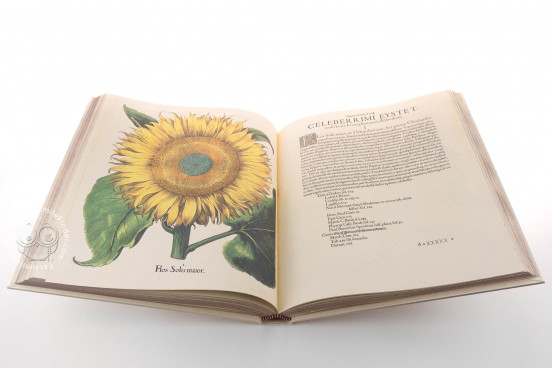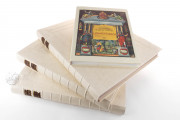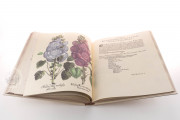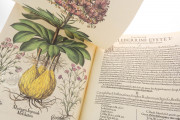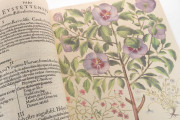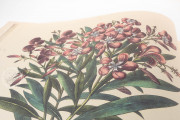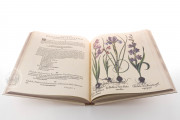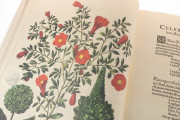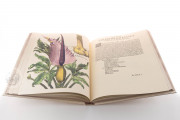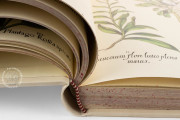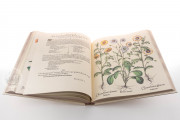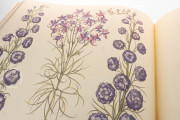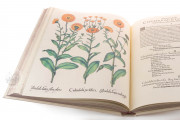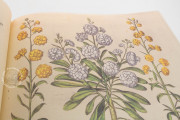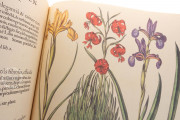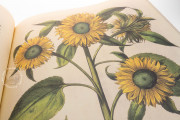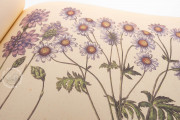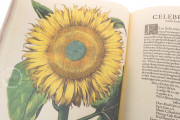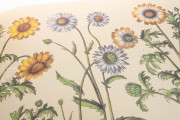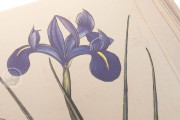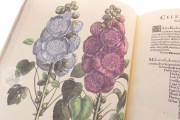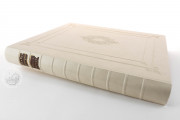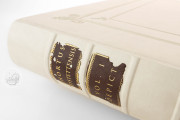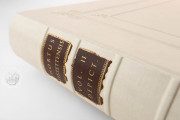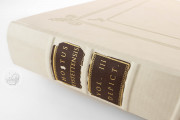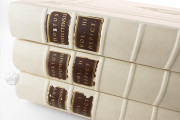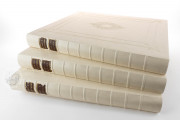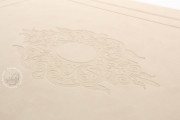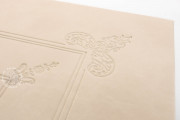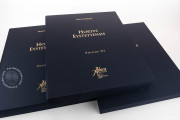Basilius Besler (1561-1629) was a reputable apothecary and botanist from Nuremberg in Germany. In 1596 he was appointed curator of the garden of Johann Konrad von Gemmingen, Prince bishop of Eichstätt in Bavaria, who owned the only important European botanical garden outside Italy. The gardens surrounded the bishop's palace, Willibaldsburg, which was built on a hill overlooking the town.
Hortus Eystettensis, the Most Extensive Botanical Treatise
The bishop commissioned Besler to compile a codex of the plants growing in his garden, a task which Besler took sixteen years to complete. Besler had the assistance of his brother and a group of skilled German draughtsmen and engravers. The work was named Hortus Eystettensis (Garden at Eichstätt). The emphasis in botanicals of previous centuries had been on medicinal and culinary herbs, and these had usually been depicted in a crude manner. The images were often inadequate for identification, and had little claim to being aesthetic.
The Hortus Eystettensis changed botanical art overnight. The plates were of garden flowers, herbs and vegetables, exotic plants such as castor-oil and arum lilies. These were depicted in nearly life-size, rich detail. The layout was artistically pleasing and quite modern in concept, with the hand-coloring adding greatly to the final effect.
Botanical Art Organized in Seasons
The work generally reflected the four seasons, showing first the flowering and then the fruiting stages. "Winter" was sparsely represented with a mere seven plates. "Spring" was a season of abundance with 134 plates illustrating 454 plants and "Summer" in full swing showed 505 plants on 184 plates. "Autumn" closed off the work with forty-two plates and ninety-eight species. Descriptions of the plants were in Latin and showed remarkable anticipation of the binomial system. Besler's portrait appears on the frontispiece holding a sprig of greenery, thought to be basil.
We have 1 facsimile edition of the manuscript "Hortus Eystettensis": Hortus Eystettensis facsimile edition, published by Aboca Museum, 2006
Request Info / Price
